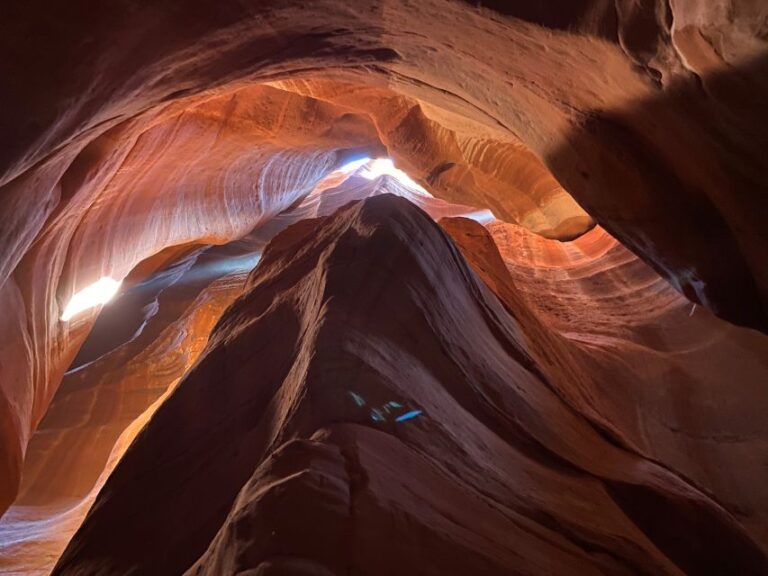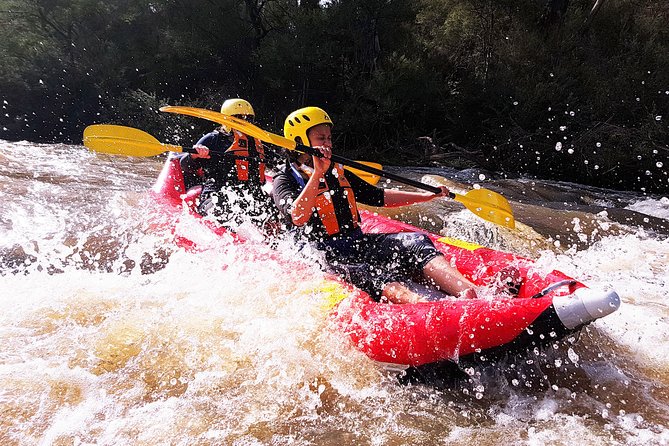Downhill Mountain Biking
Downhill mountain biking, often described as a thrilling dance with gravity, offers riders a unique blend of adrenaline and challenge. As cyclists hurtle down steep mountainsides, the rush of speed and the precision required to navigate treacherous terrains create an intriguing juxtaposition.
But what sets this sport apart goes beyond the sheer thrill; it delves into a realm where skill, technique, and sheer determination converge to conquer nature’s formidable obstacles. Whether you’re a seasoned rider seeking the next adrenaline fix or a curious newcomer intrigued by the allure of the downhill trails, the world of downhill mountain biking promises an unforgettable journey into the heart of adventure.
Key Points
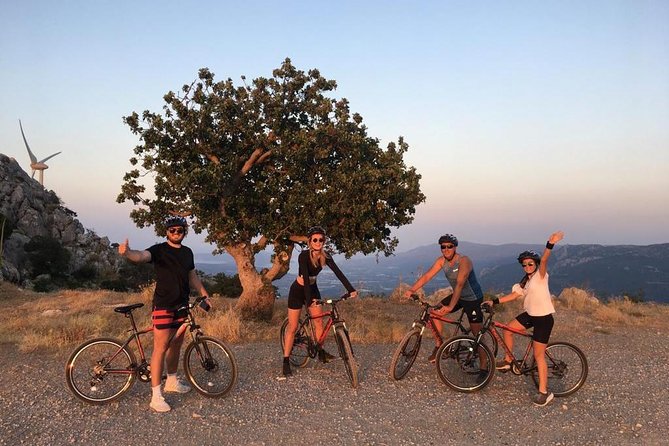
- Safety gear like helmets, pads, and goggles are crucial for protection.
- Choose a suitable downhill bike with full suspension and proper tires.
- Develop essential skills gradually on beginner trails for confidence.
- Follow trail etiquette, yield when necessary, and respect the environment for a harmonious ride.
Here's some more nearby activities we've reviewed
Safety Gear Required
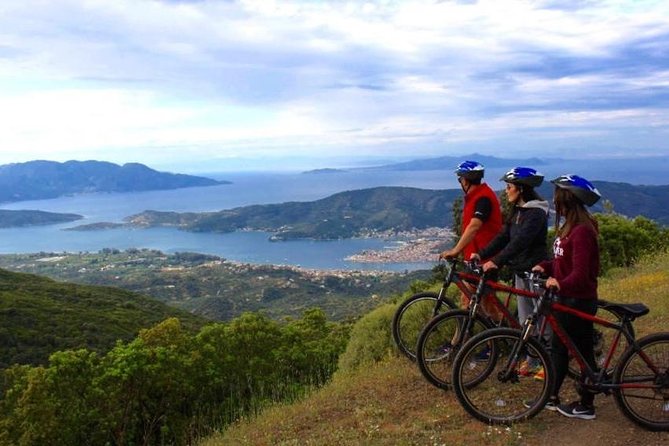
To ensure participant safety, downhill mountain biking requires all riders to wear mandatory safety gear. The importance of selecting the right equipment can’t be overstated when hurtling down rugged terrain at high speeds. Riders must prioritize protection by choosing a well-fitted helmet that meets safety standards to safeguard against head injuries.
Plus, knee and elbow pads are essential to prevent abrasions and fractures in case of falls. Proper gloves improve grip and protect hands from cuts and bruises. Goggles shield the eyes from debris, enhancing visibility on the trail. Riders should carefully consider the quality and fit of each piece of safety gear to ensure maximum protection while enjoying the thrilling experience of downhill mountain biking.
Choosing the Right Bike
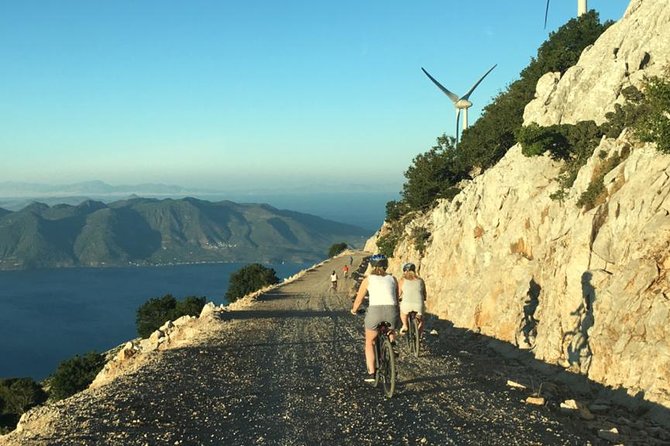
When gearing up for downhill mountain biking, the first step is selecting a bike that suits both the rider’s skill level and the type of terrain they’ll be conquering. Mountain biking gear plays a crucial role in this decision. Riders should consider factors like suspension type, frame material, and brake systems.
It’s essential to consult bike sizing guides to ensure a proper fit for comfort and control. Downhill bikes typically have longer suspension travel and a more robust build compared to other types of bikes.
Riders may also opt for full-face helmets, body armor, and padded gloves as part of their mountain biking gear to enhance safety and protection on challenging terrains. Properly choosing the right bike can significantly impact a rider’s performance and enjoyment on the trails.
Essential Skills for Beginners
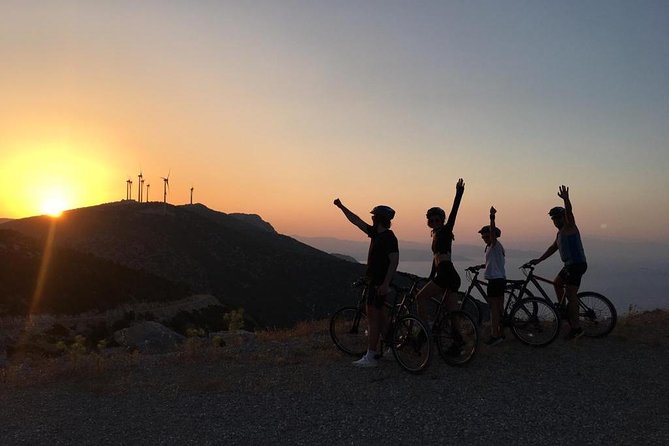
Beginners in downhill mountain biking must focus on developing fundamental handling skills to navigate challenging terrains with confidence and control. To kickstart their downhill biking journey, beginners should consider the following:
-
Training Techniques
- Practice proper body positioning: Learn to shift your weight back to maintain traction on steep descents.
- Master braking control: Understand how to modulate your brakes effectively to maintain speed and control.
-
Gear Checklist
- Ensure proper protective gear: Invest in a quality helmet, gloves, knee pads, and elbow pads for safety.
- Choose the right bike: Opt for a downhill mountain bike with full suspension and suitable tires for better handling.
-
Skill Development
- Start with beginner trails: Gradually progress from easier trails to more technical ones to build confidence and skills.
Trail Etiquette and Rules
Developing essential skills for downhill mountain biking beginners lays a strong foundation for understanding trail etiquette and rules, ensuring a safe and enjoyable riding experience for all participants. Trail manners are crucial in maintaining a harmonious environment on the trails. Riders should yield to those heading uphill, announce when passing, and be respectful of other trail users.
Following riding etiquette, such as staying on designated trails, avoiding skidding, and refraining from disturbing wildlife, helps preserve the natural surroundings and promotes a positive biking community. Plus, being aware of trail conditions, checking for any trail closures or restrictions, and packing out all trash are key components of responsible downhill mountain biking.
Practicing good trail manners and riding etiquette enhances everyone’s enjoyment of the sport while protecting the environment.
Maintenance Tips
To keep your downhill mountain bike in top condition for optimal performance and safety, regular maintenance is essential. Proper bike cleaning and maintenance routines can help extend the life of your bike and keep it running smoothly. Here are some key maintenance tips for downhill mountain biking:
-
Bike Cleaning: Regularly clean your bike after rides to remove dirt, mud, and debris that can cause wear and tear on your bike components. Use a gentle soap, water, and a soft brush to clean the frame, drivetrain, and other parts of the bike.
-
Tire Pressure: Check and adjust tire pressure regularly to ensure optimal performance and traction. Proper tire pressure can prevent flats, improve grip on the trail, and enhance overall ride quality.
-
Suspension Maintenance: Regularly inspect and service your bike’s suspension components to ensure they’re functioning correctly. This includes checking for leaks, adjusting sag, and cleaning and lubricating stanchions for smooth operation.
Here's a few more nearby tours and experiences we have reviewed.
- Athens Electric Bike Small Group Tour
- Visit of the Acropolis With an Official Guide in Spanish
- Greek Cooking Class in Athens Including Rooftop Dinner With Acropolis View
- Athens 4-Hour Cooking Class With Central Market Visit
- The Ultimate Food Tasting Tour of Athens Greece-Small Group
- Acropolis & Acropolis Museum Private Tour With Licensed Expert
Common questions
Can I Bring My Own Bike for Downhill Mountain Biking Tours?
They can bring their own bike for downhill mountain biking tours. However, bike rentals are available, providing a variety of equipment suitable for different trail difficulties and ensuring safety. It’s recommended to check the equipment requirements and conditions beforehand.
Are There Age Restrictions for Participating in Downhill Mountain Biking Tours?
Safety precautions and training programs are in place for downhill mountain biking tours. Age restrictions may apply for the safety of participants. It’s essential to check with the tour operator for specific guidelines before booking.
Are There Any Weight Restrictions for Participating in Downhill Mountain Biking Tours?
For safety precautions, participants in downhill mountain biking tours may need to adhere to weight restrictions due to equipment requirements. It is advisable to check with the tour provider for specific guidelines.
Is Previous Mountain Biking Experience Required for Downhill Mountain Biking Tours?
For downhill mountain biking tours, previous mountain biking experience is recommended but not always required. Tour guides assess skill levels and provide safety measures accordingly. Participants should be prepared for various terrains and challenges.
Are There Any Food and Drink Options Available During Downhill Mountain Biking Tours?
When exploring the outdoors, it’s essential to stay fueled with trailside snacks and hydration. Plus, proper bike maintenance ensures a smooth ride. These options are often available during activities to keep participants energized and hydrated.
Here's more of our most recent tour reviews happening neaby
- Athens Full-Day Cruise With a Sailing Catamaran
- Athens: Private Archaeological Museum and Acropolis Tour
- Athens: Private Exclusive History Tour With a Local Expert
- Athens: Private Secret Acropolis Tour
- Athens: Acropolis & Plaka Neighborhood Private Walking Tour
- The Best Of Athens With The Acropolis 4-Hour Shore Excursion
- From Athens: Greek Islands Private Helicopter Transfer
- From Athens: Ancient Corinth Day Trip With Private Transfer
- Athens: Parthenon, Acropolis and Museum Small Group Tour
- From Athens: Private 5-Day Ancient Greece & Cog Railway Tour
- Athens: Corinth, Epidaurus, Mycenae, & Nafplio Private Tour
Last Words

To sum it up, downhill mountain biking offers an exhilarating and adrenaline-fueled experience for riders of all levels. With the right safety gear, bike selection, skills, and trail etiquette, anyone can enjoy the thrill of navigating challenging terrain and breathtaking landscapes.
By following maintenance tips and practicing caution, riders can ensure a safe and enjoyable adventure on the mountain trails. So grab your gear, hop on your bike, and get ready for an unforgettable downhill biking experience!


